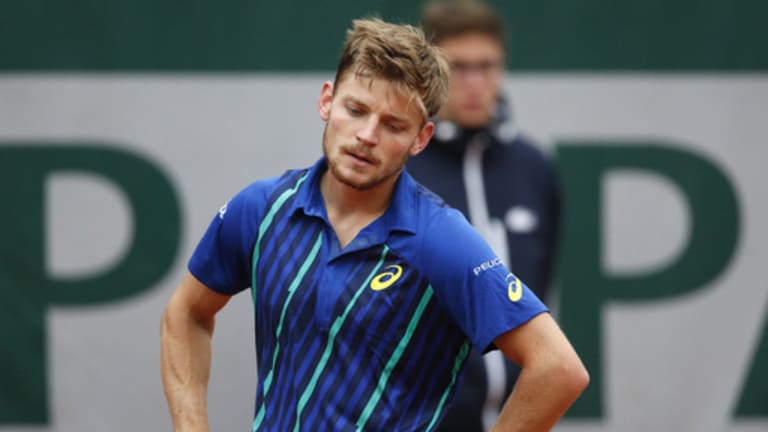Normally, when a major tournament is over, I regret that so many matches, performances and stories from the previous two weeks are instantly buried by the avalanche of analysis surrounding the finals. That's not as true this time. The 2016 French Open ended on a pair of up notes—Garbiñe Muguruza’s first Slam win and Novak Djokovic’s long-awaited first French Open win—but the tournament was lucky just to keep its head above water long enough to see those breakthroughs happen.
It’s not often that we move onto the grass-court season, most of which takes place in Great Britain, hoping for sunnier weather. Before we do, here’s a look back at how the major players in Paris measured up. If you see someone or something I’ve missed, feel free to give your assessment in the comments below.
For example: I didn't catch Alizé Cornet's now-legendary theatrical cramping incident against Tatjana Maria. Normally I get a kick out of Cornet's dramatics, but these sounded like they could have earned her a red card.


